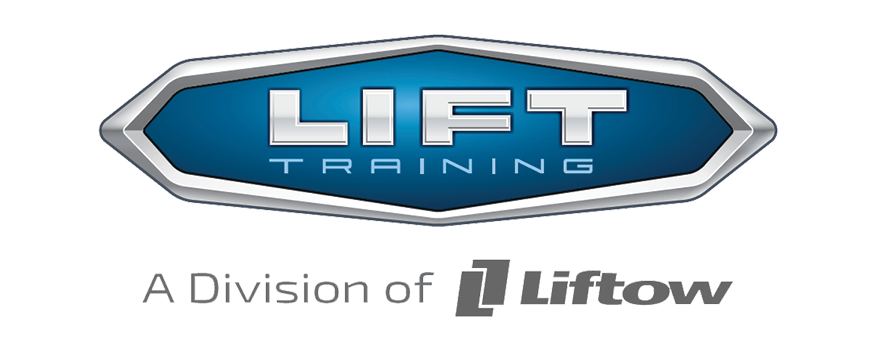
Employee health and safety training is a cornerstone of any successful business. In 2024, this practice holds even greater importance as workplaces continue to evolve. Training helps employees understand potential hazards and how to handle them, ensuring a safer work environment. A safe workplace boosts morale and productivity, creating a positive ripple effect throughout the company.
Health and safety training isn’t just about following regulations; it’s about creating a culture of safety. When employees know the right safety practices, they are more confident and efficient in their roles. This confidence leads to fewer accidents and injuries, which can save businesses on costs related to healthcare and lost work time. Moreover, well-trained employees can respond better in emergency situations, potentially saving lives.
Investing in health and safety training also shows employees that their well-being matters. When workers see that their employer values their safety, loyalty and job satisfaction improve. This investment builds trust and engagement, essential elements for a thriving workplace. As we navigate through 2024, prioritizing health and safety training remains a crucial practice for the continued success and growth of any business.
The Importance of Health and Safety Training in the Workplace
Health and safety training is essential for every workplace. It helps employees understand potential hazards and the correct ways to handle them. This knowledge minimizes risks and promotes a safer work environment. When workers are trained properly, they know how to act in emergencies, which can prevent serious injuries and save lives.
A safe workplace boosts employee morale. When workers feel safe, they are happier and more productive. This increase in productivity benefits the entire company. Health and safety training also reduces the number of accidents and injuries, leading to fewer absences and lower healthcare costs. Companies with good safety records can save money on insurance premiums as well.
Additionally, investing in employee safety shows that a company values its workers. This investment builds trust and loyalty among employees. When workers feel cared for, they are more likely to stay with the company longer. Longevity reduces turnover rates and the costs associated with hiring and training new employees. In 2024, prioritizing health and safety training remains a critical aspect of running a successful and responsible business.
Key Components of Effective Health and Safety Training Programs
1. Hazard Identification: Train employees to recognize and identify potential hazards in their workplace. Understanding what poses a risk is the first step in preventing accidents.
2. Emergency Procedures: Ensure that all employees know the protocols to follow in case of an emergency. This includes evacuation routes, first aid, and whom to contact.
3. Equipment Handling: Provide proper training on how to use tools and equipment safely. This reduces the risk of accidents and equipment damage.
4. Personal Protective Equipment (PPE): Educate workers on the importance of PPE, how to use it correctly, and when it is necessary. Proper use of PPE can prevent many injuries.
5. Regular Drills: Conduct regular drills to practice emergency procedures. This helps employees react quickly and efficiently during real emergencies.
6. Clear Communication: Promote open and clear communication about safety concerns. Encourage employees to report hazards or unsafe practices without fear of retaliation.
7. Legal and Regulatory Compliance: Train employees on local, provincial, and federal safety regulations. Compliance ensures that the company meets all legal requirements and avoids fines.
8. Ongoing Training: Health and safety training should not be a one-time event. Offer regular refresher courses and updates to keep safety knowledge current.
By including these key components, we can create effective and comprehensive health and safety training programs that help safeguard employees and improve workplace safety.
The Benefits of Ongoing Employee Training
Ongoing health and safety training offers numerous benefits to both employees and employers. Continuous training keeps employees informed about the latest safety protocols and best practices. This knowledge is crucial for maintaining a safe working environment, as it helps prevent accidents and injuries.
Regular training sessions also reinforce the importance of safety, making it a core part of the workplace culture. When employees regularly participate in training, they are more likely to remember and adhere to safety guidelines. This adherence reduces the likelihood of workplace incidents, which, in turn, leads to fewer disruptions and higher productivity.
Furthermore, ongoing training can adapt to changes in the workplace environment, such as new machinery or updated regulations. By keeping training programs current, we can ensure that employees always have the most relevant information, helping them navigate their tasks safely and efficiently. This proactive approach helps in compliance with legal standards and reduces the risk of costly fines and liabilities.
How Technology Enhances Health and Safety Training
Technology plays a significant role in improving health and safety training. Online training platforms allow employees to access courses anytime and anywhere, providing flexibility that traditional classroom settings cannot offer. This flexibility ensures that all employees can complete their training, regardless of their schedules.
Simulation software is another valuable tool. It creates realistic scenarios where employees can practice responding to emergencies without any real-world risks. These simulations help workers build confidence and competence in handling potential hazards. They can test their knowledge in a safe, controlled environment.
Virtual Reality (VR) is also transforming training methods. VR provides immersive experiences that can simulate complex tasks and dangerous situations. This hands-on approach makes learning more engaging and effective. By using VR, employees can gain practical experience without the dangers associated with real-life training.
Technology also allows for easy tracking and management of training programs. Employers can monitor employee progress and ensure that everyone is up-to-date with their training. This capability simplifies the certification process and ensures compliance with safety regulations.
Conclusion
Employee health and safety training is a fundamental aspect of maintaining a safe and efficient workplace. By understanding its importance, incorporating key components, reaping the benefits of ongoing training, and leveraging technology, we create a safer environment that benefits everyone. Training reduces risks, boosts morale, and enhances productivity.
Investing in comprehensive health and safety training programs shows our commitment to employee well-being. Safety training not only prevents accidents but also fosters a culture of care and respect within the workplace. As 2024 progresses, maintaining this focus on safety remains essential.
To ensure your workplace is up to standards, consider partnering with us at LIFT Training. Our programs are designed to equip your team with the skills and knowledge they need to stay safe. Contact LIFT Training today to find out more about our health and safety training solutions.
